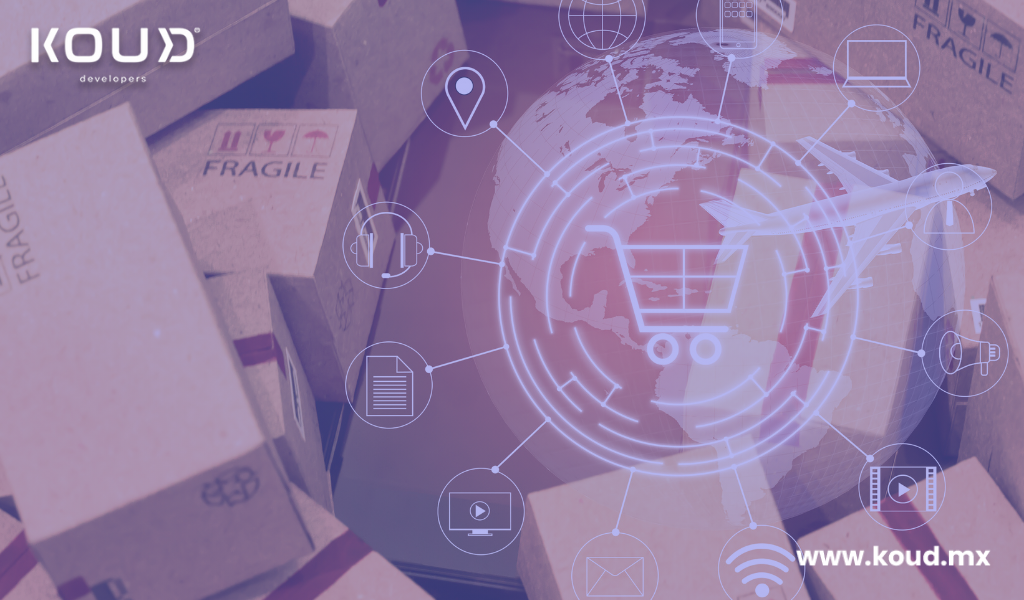Complete Guide to Integrating Your eCommerce with SAP: Solutions and Strategies
Integrating your eCommerce platform with SAP can significantly enhance operational efficiency, streamline inventory management, automate processes, and provide a seamless customer experience. However, achieving a successful integration requires careful planning and execution. By selecting the right solutions and strategies, businesses can ensure effective integration, driving growth in the competitive eCommerce landscape.
In this comprehensive guide, we explore the best solutions and strategies for integrating eCommerce with SAP, from planning to implementation, ensuring your business reaps the full benefits of this integration.
1. Why Integrate eCommerce with SAP?
Integrating eCommerce with SAP allows businesses to centralize the management of key processes such as inventory administration, order processing, finances, and logistics. This integration ensures continuous data flow between both platforms, eliminating the need for duplicate tasks and reducing the margin for error.
Benefits of eCommerce-SAP Integration:
- Process Automation: Reduces manual workload by automating inventory, order, and billing management.
- Real-Time Visibility: Improves visibility into inventory, orders, and financial performance in real-time.
- Enhanced Customer Experience: Provides a consistent and personalized omnichannel shopping experience.
2. Planning eCommerce-SAP Integration
Proper planning is crucial before implementing any integration solution. This involves identifying the systems involved, defining integration objectives, and selecting the right tools.
Key Steps in Planning:
- Identifying Needs: Assess your company’s needs, such as process automation, customer experience improvement, or supply chain optimization.
- Choosing the eCommerce Platform: Ensure that your eCommerce platform, such as Shopify, Magento, or WooCommerce, is compatible with SAP and can be easily integrated.
- Defining Objectives: Set specific integration goals, such as reducing inventory errors, improving order processing speed, or increasing logistics efficiency.
3. Middleware Solutions for Integration
Middleware acts as an intermediary software layer that enables communication between the eCommerce platform and SAP. Several middleware solutions facilitate data integration between these two systems.
Top Middleware Solutions:
- Dell Boomi: A cloud integration platform offering predefined connectors for integrating SAP with eCommerce platforms like Shopify and Magento. It is easy to implement and suitable for growing businesses.
- MuleSoft Anypoint Platform: Uses an API-based architecture that allows flexible and customized integration between SAP and eCommerce, ideal for large companies with complex operations.
- Jitterbit: A cloud integration solution that facilitates real-time data synchronization between SAP and eCommerce platforms, known for its quick implementation and ease of use.
Advantages of Using Middleware:
- Real-Time Data Synchronization: Ensures that inventory, order, and customer data are always up-to-date on both platforms.
- Workflow Automation: Enables the automation of processes such as inventory and billing management, improving operational efficiency.
- Easy Implementation: Most middleware solutions offer preconfigured connectors that simplify integration, reducing implementation time and costs.
4. Strategies for eCommerce-SAP Integration
Various strategies can ensure a successful integration between eCommerce and SAP, depending on the company’s size, operational complexity, and specific integration goals.
a. Direct Integration with SAP Commerce Cloud
For companies already using SAP as their primary ERP system, SAP Commerce Cloud is one of the most effective options for integration. This solution enables native and deep integration between the eCommerce platform and SAP, facilitating process automation and centralized management of all business data.
Benefits:
- Native Integration: SAP Commerce Cloud is designed to integrate directly with SAP ERP and SAP S/4HANA, reducing integration complexity.
- Global Scalability: Ideal for multinational companies requiring a solution that can scale with business growth.
- Omnichannel Experience: Allows businesses to offer a consistent omnichannel customer experience, managing inventory, orders, and returns from a single platform.
b. Integration via Custom APIs
For companies with complex technological systems, custom APIs can be an effective strategy for integrating eCommerce with SAP. APIs enable direct communication between systems, facilitating real-time data transfer and allowing complete customization of workflows.
Benefits:
- Total Flexibility: APIs allow customization of the integration according to the specific needs of the business.
- Real-Time Synchronization: APIs ensure continuous data transfer between eCommerce and SAP, guaranteeing data accuracy.
- Scalability: As business needs change, APIs can adapt to include new functionalities and improve existing workflows.
c. Integration via Middleware
As mentioned earlier, using middleware solutions like Dell Boomi, MuleSoft, and Jitterbit is one of the most common strategies for integrating eCommerce with SAP. These solutions allow automatic data synchronization and facilitate the automation of key processes.
Benefits:
- Reduction of Manual Errors: Workflow automation reduces errors associated with manual data entry.
- Quick Implementation: Preconfigured middleware solutions can be implemented in weeks, reducing business downtime.
- Supply Chain Optimization: By automating order management and logistics, businesses can optimize their supply chain and improve delivery times.
5. Key Factors for a Successful Integration
To ensure the success of the eCommerce-SAP integration, several key factors must be considered. These include selecting the right solution, aligning business objectives, and preparing the technological infrastructure.
Choosing the Right Solution:
- The right integration solution depends on your business’s specific needs and goals. If you’re looking for a comprehensive and native solution, SAP Commerce Cloud might be the best option. If you prefer a more flexible and quick-to-implement solution, middleware like Dell Boomi or Jitterbit might be more suitable.
Aligning Business Objectives:
- Ensure that the integration aligns with your business’s strategic goals. This includes improving operational efficiency, optimizing the customer experience, and increasing real-time visibility.
Preparing the Technological Infrastructure:
- Before starting the integration, ensure that your technological infrastructure is prepared to handle the data flow between eCommerce and SAP. This may include system upgrades, staff training, and creating a contingency plan to minimize the impact on daily operations.
Conclusion
Integrating eCommerce with SAP is an investment that can transform your company’s operations, improving efficiency, reducing errors, and offering a superior customer experience. By choosing the right solutions and strategies, such as using middleware, custom APIs, or SAP Commerce Cloud, you can ensure a successful integration that drives business growth and profitability.

